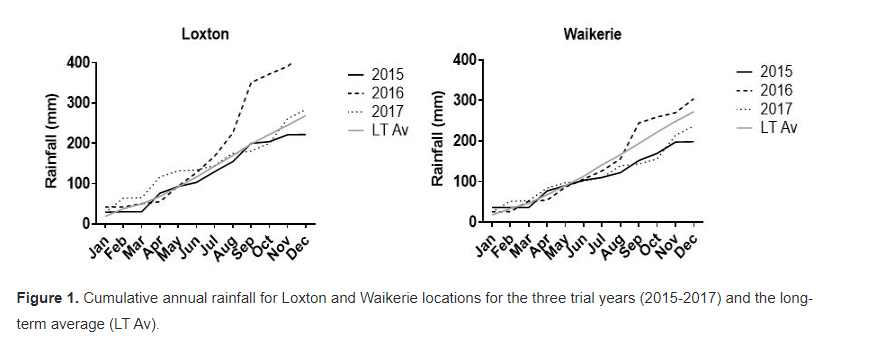The Risks and Rewards of Growing Pulse Crops in the low rainfall Mallee region
While the farming system benefits of pulse crops are clear, there is a lack of regionally available data to support grower decisions on the most profitable pulse crops to select. This study compared pulse crop productivity and profitability on four major soil types in the Mallee region, to identify the most appropriate option for local farming systems
Growing Pulse Crops in the Mallee
Overall, most pulse crops had similar productivity potential, however the yields achieved in any one season were highly influenced by seasonal conditions (including the amount and distribution of seasonal rainfall, frost and heat events) and soil type. Season had the greatest impact on productivity, with yields almost four times greater in a high rainfall year (decile 8-10), than in a low rainfall season (decile 2-4). Pulse crop yields also varied by up to 60% between soil types. The highest and least variable pulse crop grain yield were achieved on sandy loam, loam soil types, with lower productivity and high yield variability obtained on both the heavy and sandy Soil Management. As each of these soil types are encountered within a typical Mallee paddock, management options to improve pulse productivity and reliability on these constrained Soil Management are required.
Key take aways
- Season has the greatest impact on productivity with yields almost four times greater in a high rainfall year (decile 8-10), than in a low rainfall season (decile 2-4).
- The highest, and least variable grain yields were achieved on sandy loam €“ loam soil types, with up to 60% lower productivity, and high yield variability obtained on both heavy and sandy Soil Management.
- Monte Carlo simulation using Risk showed that lentils had both the greatest profit potential and lowest financial risk of all pulse crops over the long term.
- Chickpea and field pea are expected to have a negative gross margin in more than 30% of years but a high gross margin (>$500/ha) is expected in nearly one in five seasons.
Please access the full paper via the link below for methodology, references, acknowledgements and discussion.
